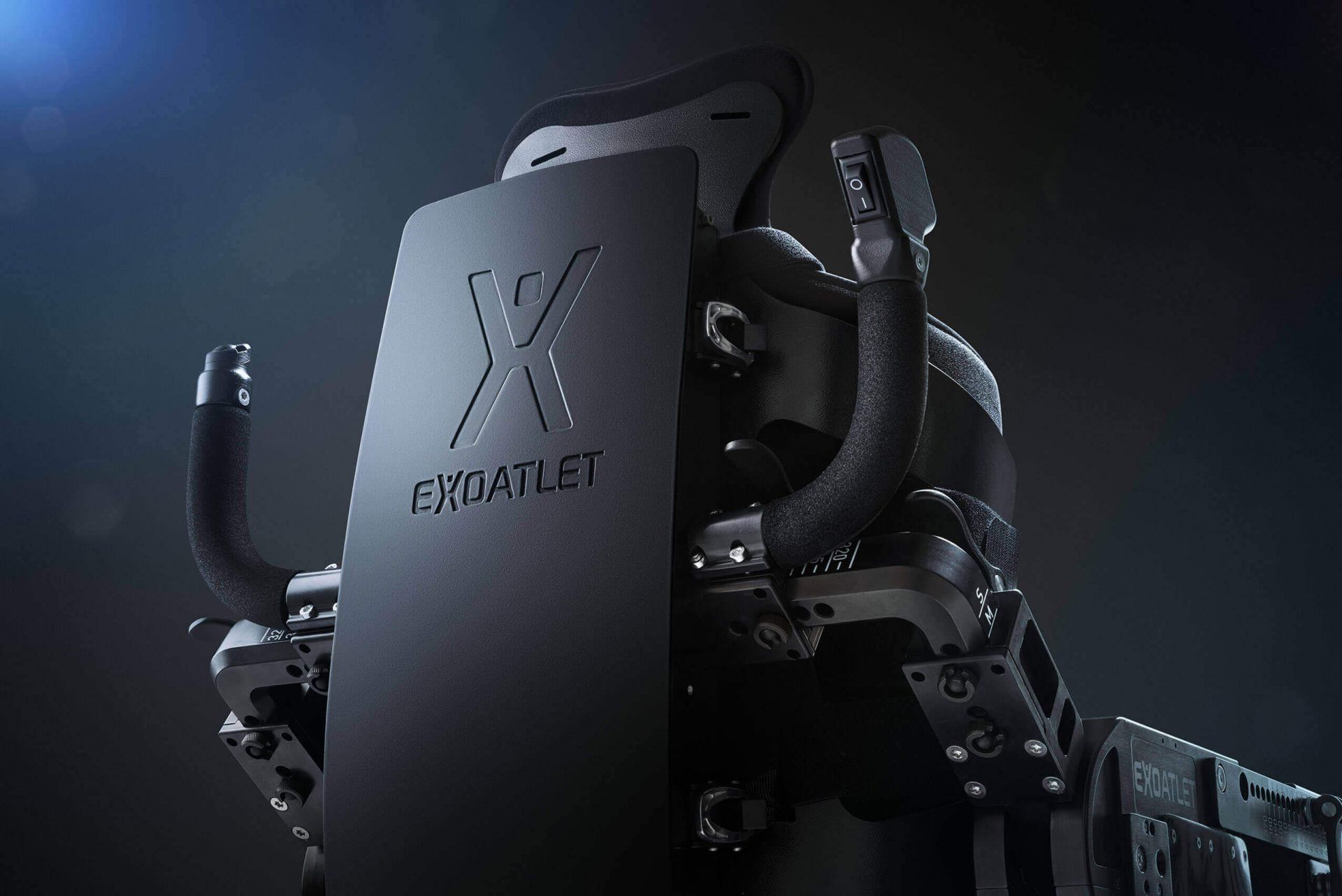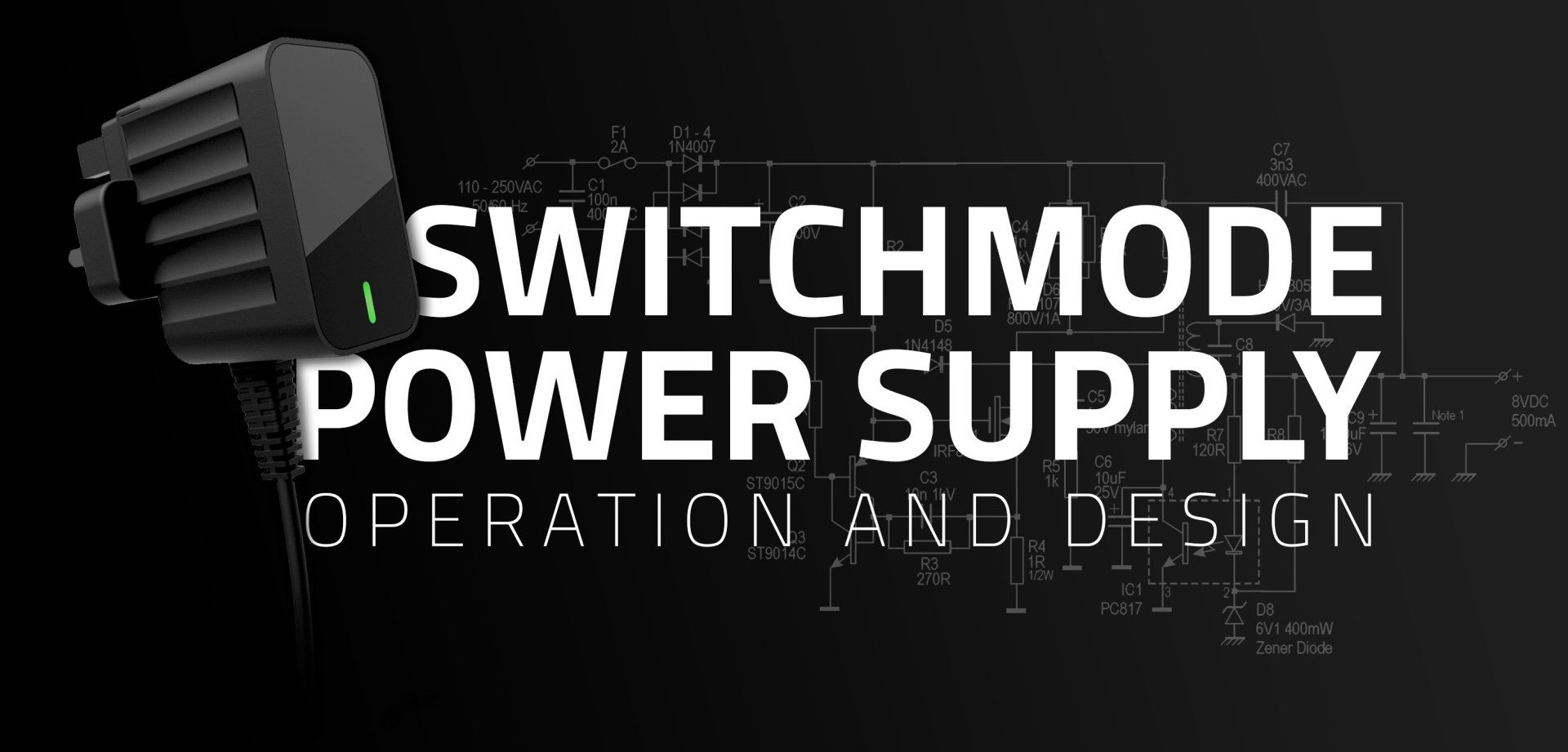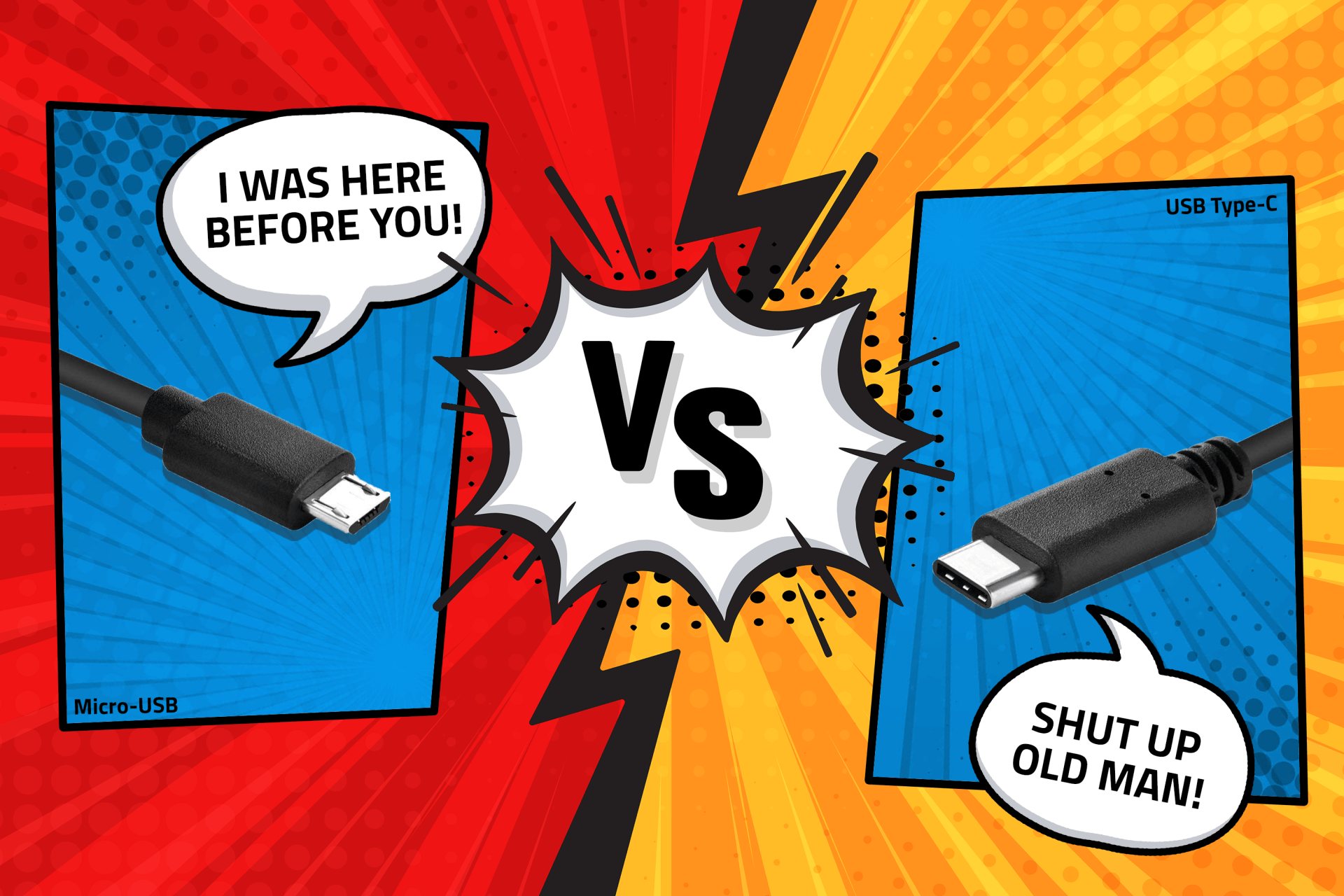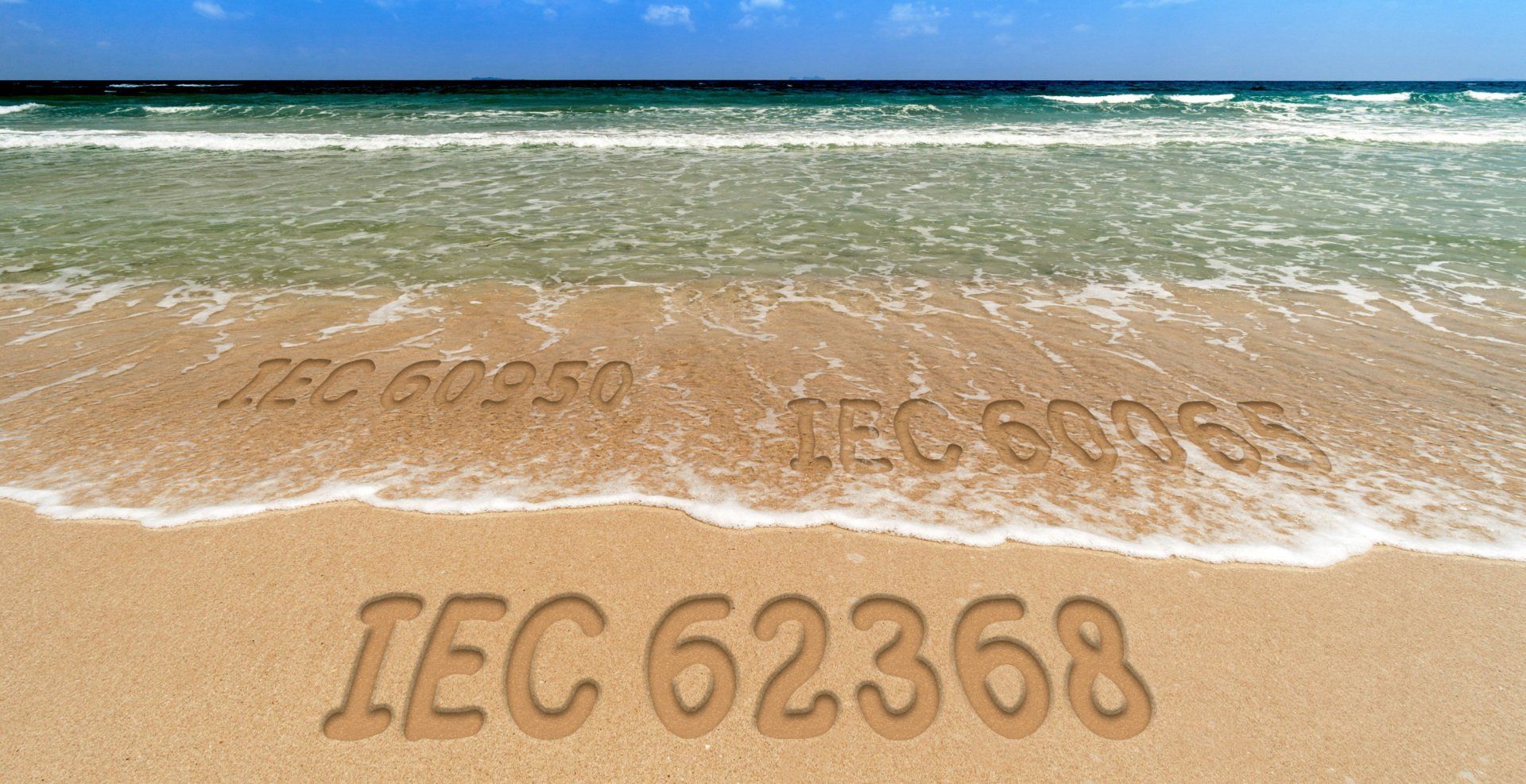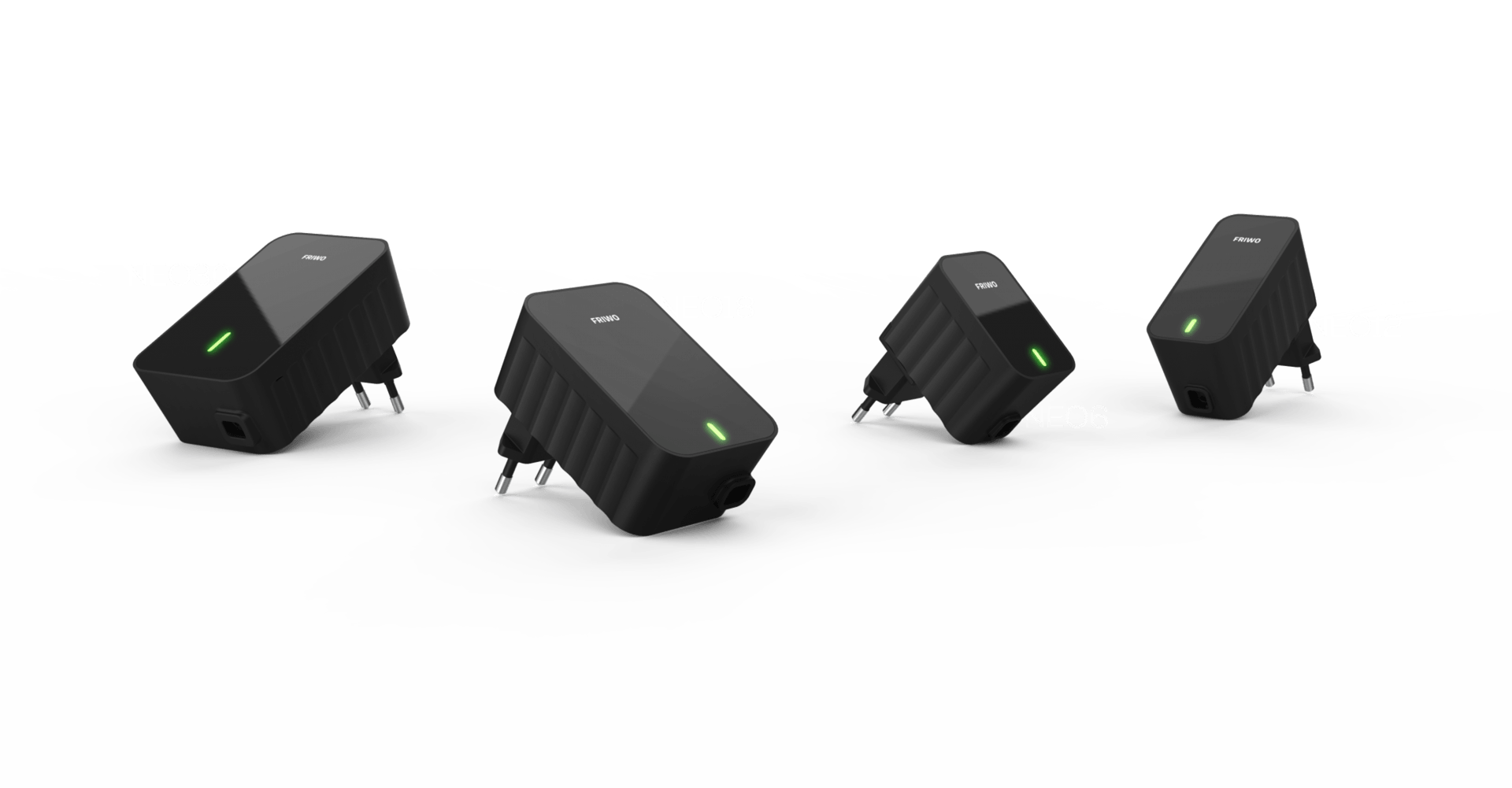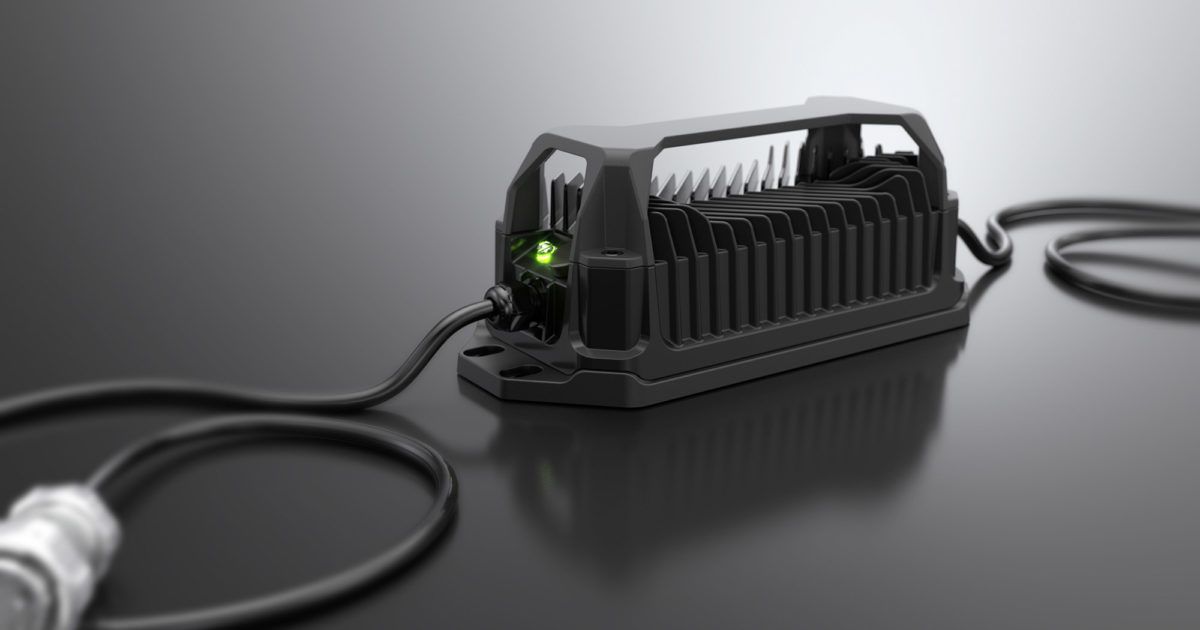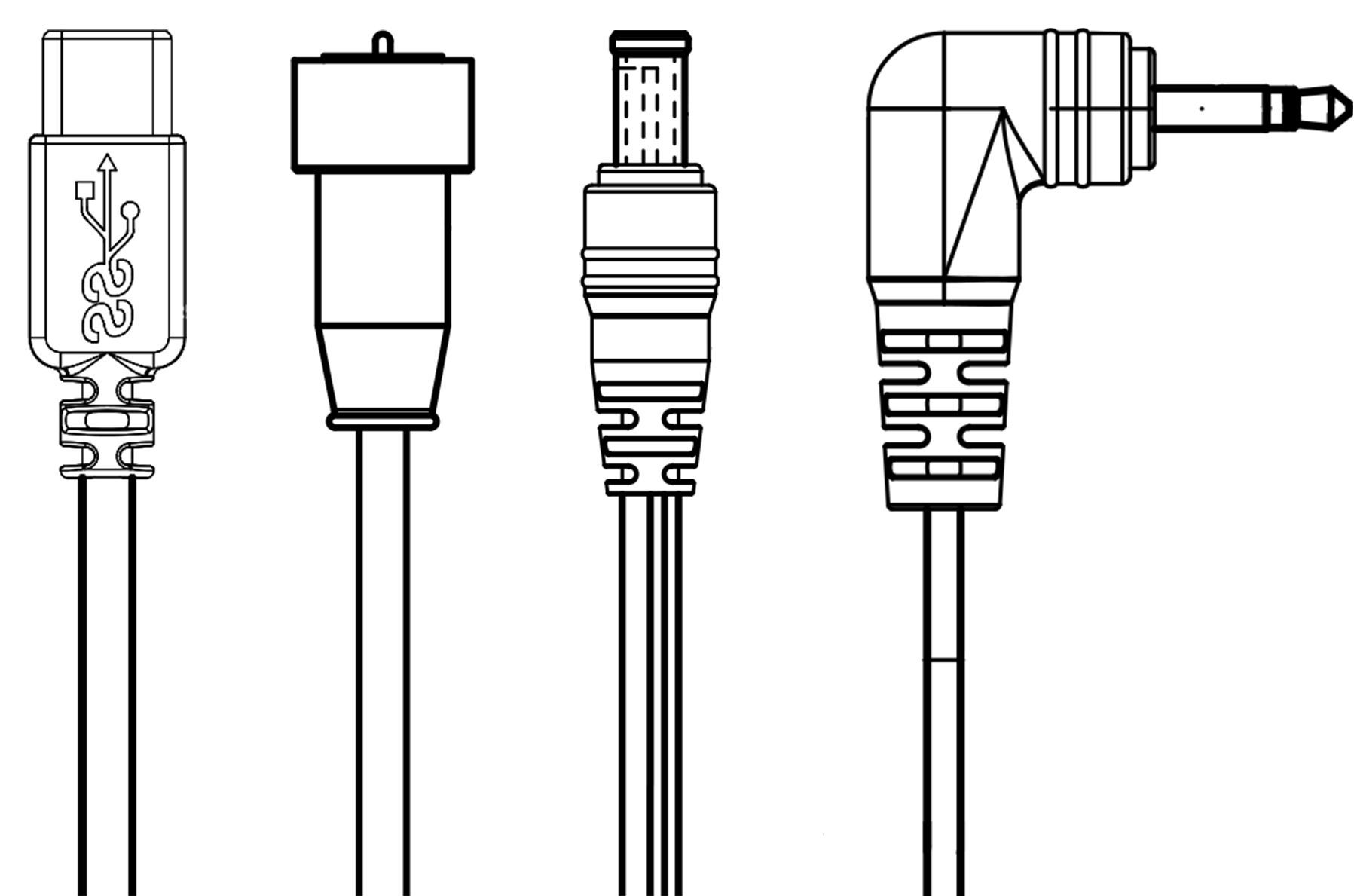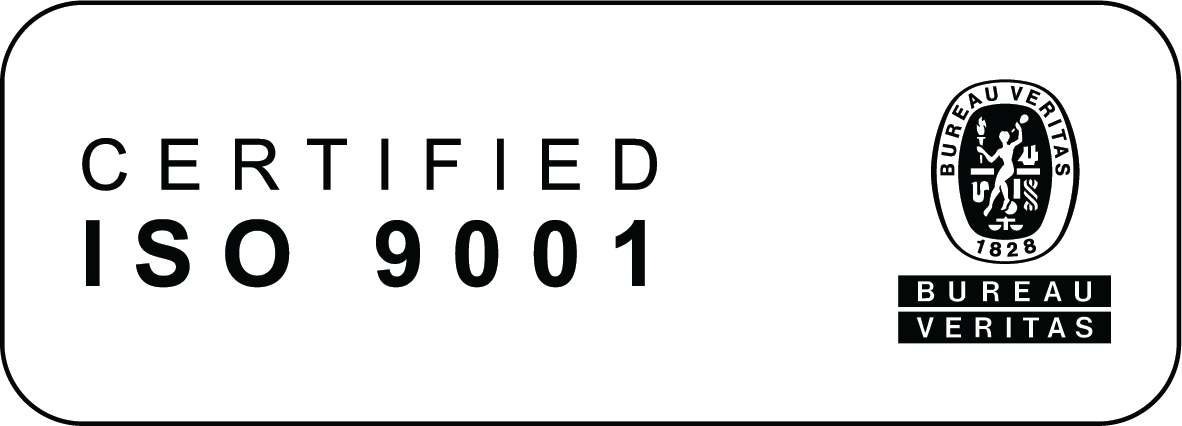IEC 62368-1 The new standard for ICT and AV equipment.
Overview
The IEC 62368-1 is set to take over from the IEC 60950-1 and IEC 60065 for the new standard for ICT and AV equipment.
It brings together two separate standards linking terminologies and key engineering tenets.
From December 20th 2020, this new standard will become law and be used throughout Europe and USA.
In Europe, the transition will be rapid and the expectation for all equipment to meet these new standards will be expected. Whereas, in the USA the transition will be slower starting with new submissions matching the standards and some existing products not having to be re-reviewed.
Why the change?
The IEC 62368-1 is a unified and smoother set of standards to follow internationally. It is here to revolutionise the approach for basic hazard safety, as new types of affordable products have emerged for use both leisurely and for business.
Due to the constant changing state and technological advances blurs the lines between AV and ICT are blurred meaning the standards should begin to overlap not continue to be separate.
A clearer framework was necessary to fix these lines from becoming more blurred. It is also in place to provide product designers with more freedom to be flexible with their choices, without strict and expensive modifications later.
Scope of the new standard...
The IEC 62368-1 will be applicable to all equipment that is subjected to the existing standards, with the room for new products to move in.
The standard will cover:
- Computing and networking products such as PC’s, routers, laptops, tablets, servers, and their power supplies.
- Consumer electronics such as home theatre systems, digital cameras, and personal music players.
- Displays and display units including monitors, TV’s, and digital projectors.
- Telecommunication products such as network infrastructure equipment, cordless and mobile phones, and any other similar communication devices battery powered or not.
- Office appliances such as shredders.
- Various other types of audio/visual information and communication technology used within homes, schools, or businesses.
The new standard applies to components and subsystems where relevant. This applies to any units internal to the equipment as well as externally. Any power supplies linked to the product are covered within the new standard.
Hazard Based Safety Engineering (HBSE) principles as applied in the new standard
To protect freedom for designers as well as guaranteeing all products are safe the new standard combines key ideas from HBSE. HBSE has been formalised for 25 years in making product safety legislation for a performance-adjusted thinking to create flexibility and overall effectiveness. HBSE is there to identify key hazards from any energy sources that could be responsible for causing any harm, pain, or injury to users. Protecting both the user and the company through a set standard and expectation.
The reasoning behind HBSE can be captured as follows:
- Identify the energy sources used
- Measure the energy levels they produce
- Determine whether the energy from the sources is hazardous
- Classify it accordingly
- Identify how energy can be transferred to a body part
- Determine appropriate safeguard schemes:
- To protect defined persons against pain and injury from the classified energy sources, as well as
- To reduce the likelihood of injury or property damage due to an electrically caused fire originating within the equipment
- Measure the effectiveness of those safeguards
Summary of the 62368-1 HSBE approach
The old rigid approach by each standard has been replaced by the hazard based approach, meaning designers have greater flexibility for what safety methods look like and they can pass these through the meticulous analysis required to keep all products safe for users.
HBSE principles allow 62368-1 to support the launch of new and pioneering methods of production and technology without first needing to be amended. Another benefit, the HBSE approach should help to lessen differences between published national/regional equivalents of the standard.
What is there to do?
Any companies not already embarking on the journey to understand the effects of the new standard it is important to begin revising the new standards. Knowing the standard like the back of your hand is preferential to moving forward and understanding the objectives and approaches of the standard.
Conclusion
Change is inevitable, but this change is for the better. Understanding the new standard now and adapting to it is going to make work going forward successful. Knowing the do’s and don’ts of the standard will put you in a positive and strong position going forward, meaning we can all deliver our best!
CONTACT US
